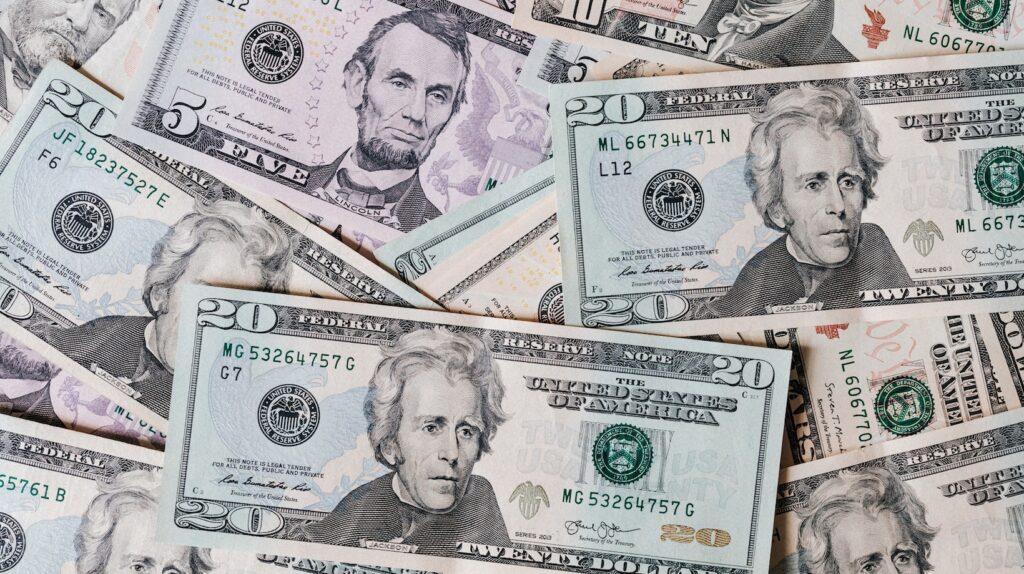
Barstool Sports, a popular sports and pop culture media company, has an interesting and diverse revenue model that allows them to generate income in various ways. So, how does Barstool make money? Let’s dive into it.
One of the primary sources of revenue for Barstool is advertising. They collaborate with brands to create sponsored content, product placements, and endorsements within their podcasts, videos, and blog posts. By leveraging their massive audience base and engaging content, Barstool can offer advertisers a unique platform to reach their target market effectively.
Additionally, Barstool Sports has successfully ventured into the merchandise business. They sell a wide range of products such as apparel (t-shirts, hoodies), accessories (hats, mugs), and even branded items like bar stools themselves. Their loyal fanbase eagerly supports these offerings by purchasing merchandise directly from the Barstool store or through online platforms.
Furthermore, Barstool has expanded its presence in the live events industry. They organize sports viewing parties, comedy shows featuring their personalities, and even host large-scale events like the “Barstool Sportsbook House.” These gatherings not only provide fans with memorable experiences but also serve as opportunities for sponsorship deals and ticket sales.
Different Revenue Streams of Barstool
Barstool, a popular media company known for its entertaining sports and pop culture content, has successfully diversified its revenue streams. Let’s take a closer look at how Barstool makes money:
- Advertising: One of the primary sources of revenue for Barstool is advertising. The company partners with various brands to promote their products or services through sponsored content, banner ads, and video advertisements on their website and social media platforms. With a large and engaged audience, Barstool offers valuable advertising opportunities to companies looking to reach a specific demographic.
- Merchandise Sales: Another significant income stream for Barstool comes from merchandise sales. They have built a strong brand identity, which resonates with their loyal fan base. By offering an array of merchandise such as t-shirts, hats, mugs, and more featuring their logo and catchy slogans, they capitalize on the popularity of their brand.
- Events and Live Shows: Barstool organizes live events and shows that attract large crowds of enthusiastic fans. These events range from comedy shows to live podcasts and sports watch parties. Tickets sales, sponsorships, and partnerships with venues contribute to the revenue generated from these gatherings.
- Content Licensing: Barstool has also ventured into content licensing agreements with other media outlets or platforms. This means that they allow other companies to use or distribute their existing content in exchange for a licensing fee or royalty payment. This allows them to monetize their content further without solely relying on their own platforms.
- Affiliate Marketing: Additionally, Barstool engages in affiliate marketing programs where they earn commissions by promoting products or services offered by partner companies through unique referral links embedded in their content or through dedicated discount codes.

How Does Barstool Make Money
Advertising plays a significant role in Barstool’s business model. They generate income by partnering with brands and companies that want to promote their products or services to Barstool’s large and engaged audience. Through strategic ad placements on their website, podcasts, social media platforms, and video content, Barstool is able to reach millions of viewers and listeners.
Sponsorships also contribute greatly to Barstool’s financial success. They collaborate with various sponsors who align with their brand image and values. These partnerships involve integrating sponsored segments into their podcasts, incorporating branded content into their videos, or even creating custom sponsorship campaigns tailored to specific events or initiatives.
Barstool has been successful in building a strong network of loyal followers who trust the brand’s authenticity and enjoy its unique content. This factor makes them an attractive platform for advertisers and sponsors looking to connect with a targeted demographic.
It’s worth noting that while advertising and sponsorships are vital sources of revenue for Barstool, they also generate income through merchandise sales, ticketed events, affiliate marketing programs, and licensing agreements. By diversifying their revenue streams, Barstool ensures a stable financial foundation while continuing to provide engaging content for their fans.
In summary, advertising partnerships and sponsorships are significant contributors to how Barstool makes money. Their ability to leverage their dedicated fanbase helps them secure lucrative deals with brands seeking exposure among their audience. It’s just one piece of the puzzle in the broader picture of Barstool’s multifaceted revenue generation strategy.










